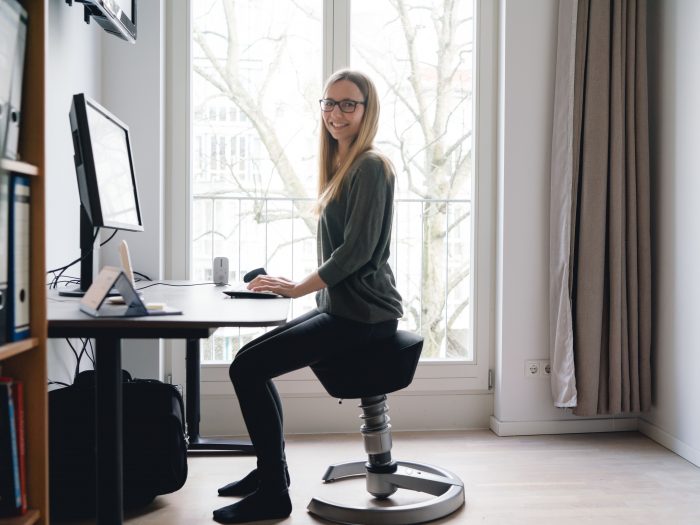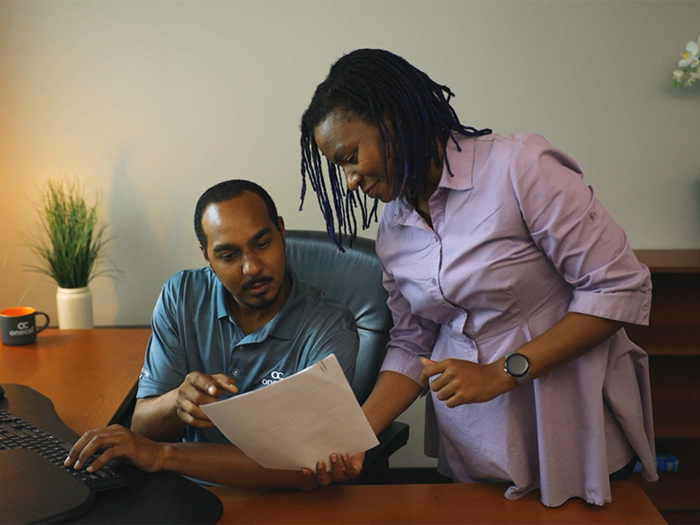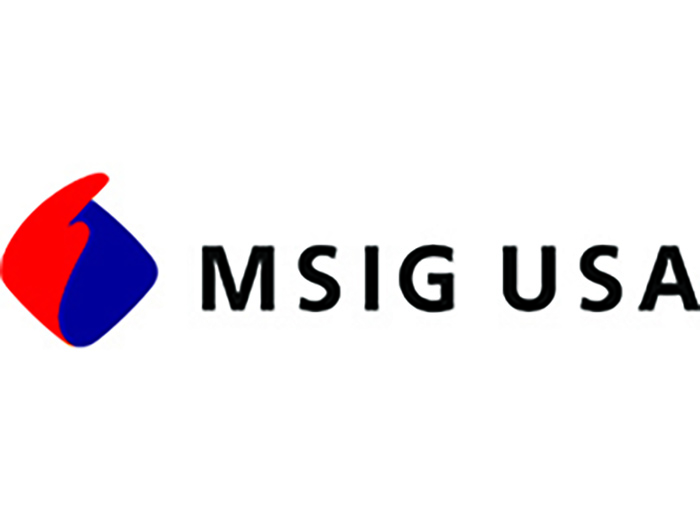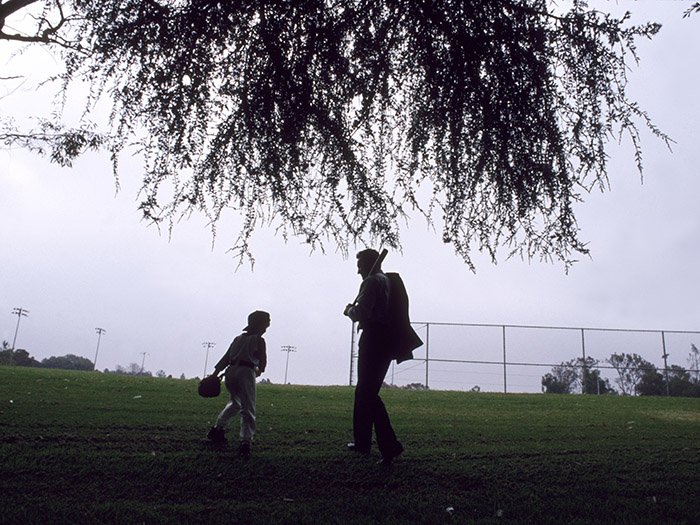The Healthy Workplace Nudge: Dr. Mike Reveals Methods for Ergonomic Success

For Dr. Mike O’Neill, the director of global workspace research and global workspace strategy at Haworth, an interest in ergonomics did not have a conventional starting point.
Looking back at his August 26 keynote speech at the virtual National Ergonomics Conference, attendees now know that is for their benefit.
With a background in psychology and architecture, Dr. Mike was able to clearly see the mental and design aspects of ergonomics and how that knowledge can positively impact the workplace. Focusing on stress and subconscious tendencies of employees, Dr. Mike guided provided insight on guiding your post- COVID-19 workspace with ‘the healthy nudge’.
What Is the ‘Workplace Nudge’?
Channeling his background in psychology, Dr. Mike began by identifying the concept of the ‘nudge.’
“The correlation between workplace design and stress has been a long-time interest of mine in the research world,” said O’Neill.
“Let’s imagine that you have to make a decision and that decision has three options. What a nudge does is make the best option for you the easiest one to choose. It plays upon your psychology,” said O’Neill.
For example, imagine it’s your first day of work and your employer wants you to choose a health care plan. Usually, you’d say, “I’ll bring it home, mull it over, and get back to you.”
The healthy workplace nudge would simply redesign the choice’s architecture, giving you the same options but phrasing them differently, such as with an ‘opt-out’ choice instead of an open-ended response.
“Instead of making it opt-in, meaning you have to make a choice to join the plan, you’re already in it, but it doesn’t take away your option to opt-out.”
Does It Work?
The effectiveness of the workplace nudge can be shown through workplace wellness programs. 82% of companies have some sort of workplace wellness program, such as incentives to get exercise, lose weight or quit smoking.
However, there is no evidence to show that these type of programs are effective.
“The problem is that people who already make good health decisions tend to participate, which doesn’t help the people who should be signing up, and the average participation rate is only 15 percent.”
The takeaway? The idea itself of wellness is broken and needs to be reframed.
“Wellness typically waits until you have a problem, but it’s really hard to fix something once it’s broken. We’ve decided to reframe it as ‘wellbeing.’ Wellbeing is holistic.”
Understanding physical, mental and emotional health as a connected entity is crucial to wellbeing.
So What Can You Do?
Similar to the pandemic, stress is a silent threat. With the trauma of a lockdown and a pandemic, stress is likely to be even higher than it was previously when employees return to work. By taking the idea of wellbeing, employers can design workspaces to cater to the ergonomic benefits of employees before they even return.
The key to this is legible design. How understandable is a space? In a post-pandemic environment, the legibility of a space would mean a space not only abides by new regulations, but makes sense for it’s purpose. Much like the layout of New York City in a grid, legible design lets employees take advantage of it’s use.
“This includes plan configuration, having landmarks, visual access inside and outside the building, signage and graphics, and the intentionality of space and furnishings,” said O’Neill.
“There is quite a bit of research that illegible spaces can increase your stress levels … think of legibility as the language a space is speaking to you.”
Dr. Mike prefaced in the beginning of the session that he is not a traditional ergonomist; combining his backgrounds in architecture and psychology in his approach. In a world with COVID-19, who knew he was onto something? &
The National Ergonomics Conference® will be presenting virtual sessions throughout the rest of the year. See here for updates on upcoming sessions.











